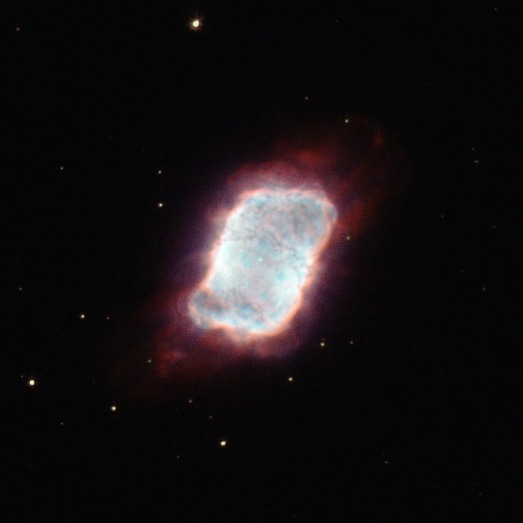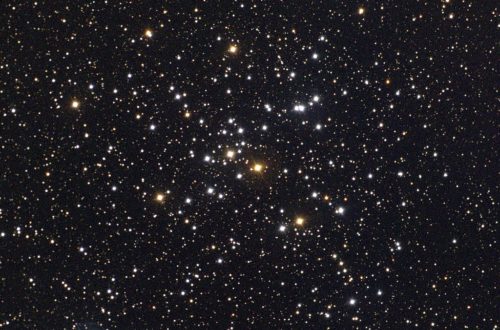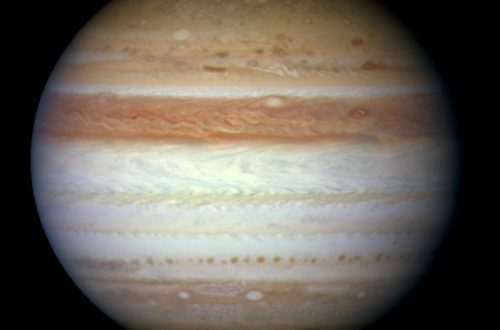Aquila Constellation
Aquila is a constellation that lies just a few degrees North of the celestial equator. It is best seen in the summer because of its apparent location along the line of our galaxy. This is why many clusters and nebulae are found within its borders.

It was one of the 48 constellations described by Greek astronomer Ptolemy in the 2nd century. Aquila had also been earlier mentioned by Eudoxus in the 4th century BC and Aratus in the 3rd century BC. It is now one of the 88 constellations defined by the International Astronomical Union. Its name is Latin for “eagle” and it is commonly represented as such. The constellation was also known to the Romans as Vultur volans (the flying vulture), not to be confused with Vultur cadens which was their name for the constellation of Lyra.
Mythology
The Greek constellation of Aquila is probably based on the Babylonian constellation of the Eagle, which is located in the same area as the Greek constellation.
In classical Greek mythology, Aquila was identified as Aetos Dios, the eagle that carried the thunderbolts of Zeus and was sent by him to abduct Ganymede, whom he desired, to Mount Olympus. Also the nearby constellation of Aquarius is sometimes identified with Ganymede.
Notable stars
- Altair (α Aql) is a multiple star system of 3 components. It appears about eight times as bright as the Sun. It is located 16.8 light-years from Earth and is one of the closest stars visible to the naked eye. Its name is Arabic for “the flying eagle”.
- Alshain (β Aql) is the second brightest star in the constellation and it is a multiple star system with three components, just like Altair. Its name in Arabic stands for “peregrine falcon”.
- Tarazed (γ Aql) is a giant star with a diameter of approximately half an AU. In Persian its name means “the beam of the scale”.
Deep-sky objects
Two major novae have been observed in Aquila. The first one was in 389 BC and was recorded as being as bright as Venus. The other, known as Nova Aquilae 1918, briefly outshone Altair, the brightest star in Aquila.
There are quite a few nebulae and globular clusters in the constellation of Aquila, but two of them have been captured in remarkable photographs by the Hubble Space Telescope: NGC 6751 and NGC 6741 (also known as the Phantom Streak Nebula).

NGC 6751 is a planetary nebula estimated to be around 0.8 light-years in diameter. The star at the center of the nebula has a surface temperature of approximately 140,000 K. It has been calculated to be roughly 6,500 light-years away from Earth.

NGC 6741, also known as the Phantom Streak Nebula, is located about 7000 light-years away. Although fairly bright, this object appears very small through a typical telescope and was missed by early astronomers and only spotted in 1882 by Edward Charles Pickering.
For more constellations see the Constellations Guide.
Would you like to receive similar articles by email?





